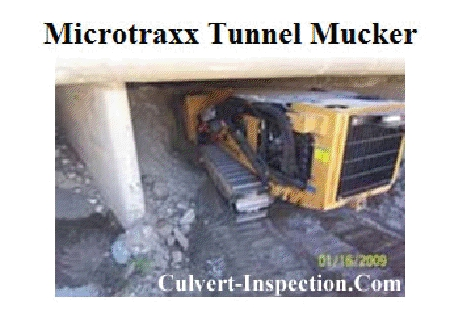Day 66
Culvert Lining Project
It looks like our issue with the culvert lining project has been resolved. We gave the structural drawings from our consultant to the contractor. Theh contractor ended up getting a couple prices from other concrete contractors which were lower than the original subcontractor's price. So it looks like we will end up getting the work we needed done at the price that was bid. It rained today so the contractor did not work, but he should be back out tomorrow to form the head walls.
Road Project
We've started on the plans for next year's road project. Today, I worked on adding a few more roads, My supervisor had said we could try increasing the amount we normally spend since we are not keeping up with the failure rate. Of course, all this will be subject to the approval of the council. We are just going to suggest this amount. We did get a little extra in MFT funds this year so that amount could be applied to this project.
The PACE sidewalk project
Today I tried to get a copy of the bid tab for the PACE project I discussed yesterday. The person I emailed said I had to submit a FOIA request to get it and that I had to ask how to do this by emailing their law department. Well, we have been through the FOIA drill here, and from we've been told, someone can ask for something on a dirty napkin, and that is an acceptable request to which you must respond. We can no longer require anyone to go through a formal process to get something. So because I did not hear back from the law department, I tried emailing their FOIA officer directly. He read the email but did not respond, so I'll have to see if they end up sending it or not. We did ask a local contractor who bids that type of work if they put in a bid, and they had not even been aware the project was out to bid.
Water Main Project
I met with the property owner of one of the parcels where we are asking for an easement for our water main. They said we could go ahead and submit the documents for their signature. I also worked a little more on the modeling but realized I needed the pump curve for our high service pumps at the water plant. So I arranged to have them sent over.
Tomorrow I am scheduled to be out of the office so won't be writing "A Day in the Life.." post for Friday.




